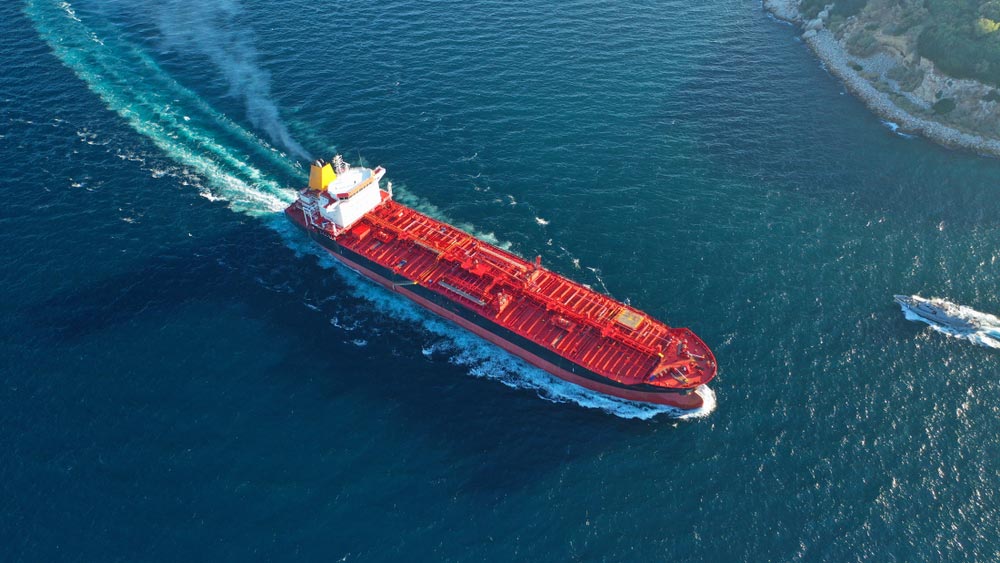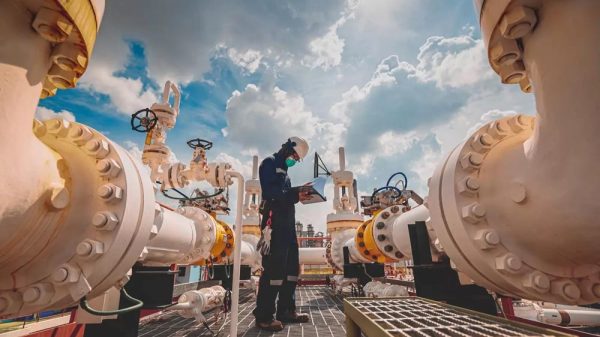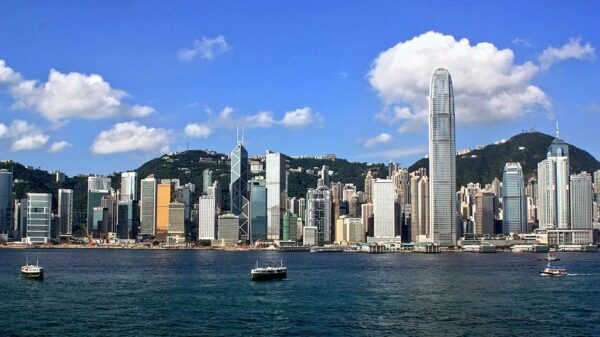The waters surrounding the Arabian Peninsula, a critical artery for global trade, are becoming increasingly perilous for commercial shipping. The world’s largest organization for shipowners, Bimco, has issued a stark warning as tensions rise following a U.S. attack on Iran’s nuclear facilities.
Rising Risks in Strategic Waters
According to Jakob Larsen, head of security at Bimco, the evolving situation has heightened threats in key waterways such as the Red Sea, Gulf of Aden, and the Strait of Hormuz. The Houthis, backed by Iran, are now targeting merchant vessels affiliated with Israel or the U.S., but attacks on vessels with no apparent affiliations cannot be ruled out.
Iran, meanwhile, has the potential to escalate the crisis further by targeting commercial shipping in the Strait of Hormuz, a globally vital chokepoint for energy trade. Larsen highlighted the possibility of attacks using missiles, drones, or even sea mines, though the latter is considered less likely due to the risks it poses to Iranian-affiliated vessels and the potential for environmental disaster.
Impact on Global Trade and Energy
The Strait of Hormuz handles a staggering 20% of global petroleum liquids consumption, transporting an average of 20.9 million barrels of oil daily in 2023, according to the U.S. Energy Information Administration. Any significant disruption to this vital route could send shockwaves across the global economy, driving up energy prices and creating severe delays in shipping schedules.
Beyond oil, the strait also facilitates less than 4% of global container trade, with critical ports like Jebel Ali and Khor Fakkan serving as key hubs for freight movement across the Persian Gulf, South Asia, and East Africa.
The ongoing conflict has already caused freight rates to surge. Spot rates for shipping a standard forty-foot container from Shanghai to Jebel Ali have risen by 55% month-over-month, reaching $2,761 per unit. Meanwhile, tanker rates for very large crude carriers (VLCCs) between the Middle East and China have skyrocketed by 154% in just one week.
Increased Security Costs and Insurance Premiums
Heightened risks in the region have also led to a sharp increase in operational expenses for shipping companies. Marsh McLennan, the world’s largest marine insurance broker, reports that hull and machinery insurance rates for vessels transiting the Strait of Hormuz have soared by over 60%. Additional costs are being incurred for security measures and higher fuel consumption as vessels speed through high-risk areas.
Calls for Mitigation Measures
In response to the escalating risks, Bimco is urging shipowners to reassess their security protocols and implement mitigation strategies. This includes avoiding routes near the Iranian coastline, maintaining vigilance, and keeping close communication with naval forces through UK Maritime Trade Operations (UKMTO). Ships are also being advised to enhance their defenses, such as improving watertight integrity and readiness to manage potential damage.
“While Bimco does not directly recommend avoiding conflict areas entirely, it emphasizes the importance of comprehensive security risk assessments,” Larsen said. Shipowners are encouraged to weigh various factors, including threats, vulnerabilities, and the risk tolerance of seafarers, cargo owners, and other stakeholders.
The Broader Implications
This latest escalation underscores the fragility of global trade networks in regions prone to geopolitical conflict. As tensions persist, the shipping industry faces mounting challenges in ensuring the safe and efficient movement of goods. The potential for further disruptions highlights the need for robust international cooperation to mitigate risks and safeguard critical trade routes.











